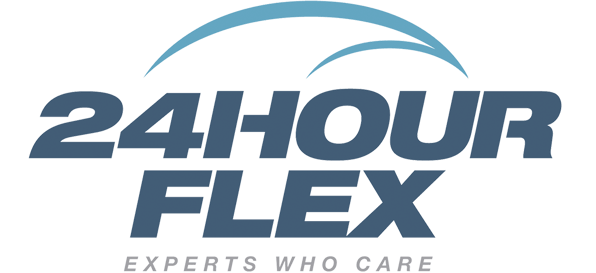 Each year almost all retirement plans must file an annual report with the Department of Labor called Form 5500. The length and complexity of the form depends upon the number of participants in the plan. Generally, the large form, Form 5500, must be filed for plans with more than 100 participants; the short form, Form 5500-SF, must be filed for plans with less than 100 participants; and one-participant plans (with more than $250,000 in assets) must file Form 5500-EZ.
Each year almost all retirement plans must file an annual report with the Department of Labor called Form 5500. The length and complexity of the form depends upon the number of participants in the plan. Generally, the large form, Form 5500, must be filed for plans with more than 100 participants; the short form, Form 5500-SF, must be filed for plans with less than 100 participants; and one-participant plans (with more than $250,000 in assets) must file Form 5500-EZ.
Regardless of the form that is filed, a treasure-trove of plan information is given to the Department of Labor each year which the Department uses to identify potential audit clients. Former Department of Labor officials have confided that DOL audits are never random and that sometimes within 24 hours of filing the 5500 an auditor is examining its data to determine the potential of an audit. Here are 6 red flags that may guarantee a visit from your “friendly” DOL auditor.
- Late deposits: Small retirement plans, those with fewer than 100 participants, must deposit participant 401(k) or 403(b) contributions within 7 business days of the date the employees are paid. Large retirement plans must deposit these contributions as soon as possible. Late deposits must be reported on Form 5500 and on Form 5330. Form 5330 is used to pay the IRS penalties and interest on the late deposits. Former DOL officials have confided that if late deposits are the only reported offense and the DOL has received Form 5330, it is very unlikely the plan will be chosen for an audit.
- No Fidelity Bond reported: A Fidelity Bond is designed to protect the retirement plan in the event of fiduciary fraud. All retirement plans that are subject to ERISA must carry a fidelity bond that is no less than 10% of the plan assets. The maximum required bond is $500,000. These bonds are relatively inexpensive, required, and its value must be reported on the 5500.
- Employer securities: Some employers make contributions to the plan in the form of employer stock. If this stock is not publically traded its value must be annually determined via an independent appraisal. Employers have been known to “influence” the stock appraisal in order to manipulate the stock’s value which is why the DOL is so keenly interested in auditing these types of plans.
- Investment loans and real estate: Most retirement plan documents allow Trustees to engage in issuing loans as a trust investment; however, the loans must be structured properly to avoid Unrelated Business Taxable Income and the investment must be permissible. If the investment is, for example, a cozy little bungalow up in the Colorado mountains that the plan’s trustee happens to frequent, the plan has a serious problem since it has engaged in a “prohibited transaction”.
- Partnership and joint venture interests: Similar to employer securities, the potential audit issue is the reported market value of these investments. Without a secondary marketplace, the value is difficult to objectively determine. The IRS and DOL are aware of this issue which is why these plans generate such regulatory interest.
- Tangible personal property: Trust investments in personal property spark regulatory interest because they are difficult to value and are often personally used.
Example: Using general retirement plan assets, enterprising Trustee, Bill, purchases his favorite Renoir oil painting and places it in the business lobby for all to enjoy. Bill and the retirement plan have just engaged in a prohibited transaction since Bill and the company cannot derive any personal benefit from the plan’s investments. As strange as it may be, to avoid a prohibited transaction, Bill would need to make sure this painting is stored, hung, or used in such as way as to create no benefit for the plan fiduciaries. Note that participant-directed retirement accounts can never invest in collectibles.
Competent retirement plan Third Party Administrators can help structure your plans and properly complete Form 5500 so that your audit risk is significantly reduced. If you receive that dreaded audit letter from your Department of Labor or IRS there are steps you should immediately take. For more information, click here to receive our complimentary white paper entitled, “How to Prepare for a DOL or IRS Audit”.

